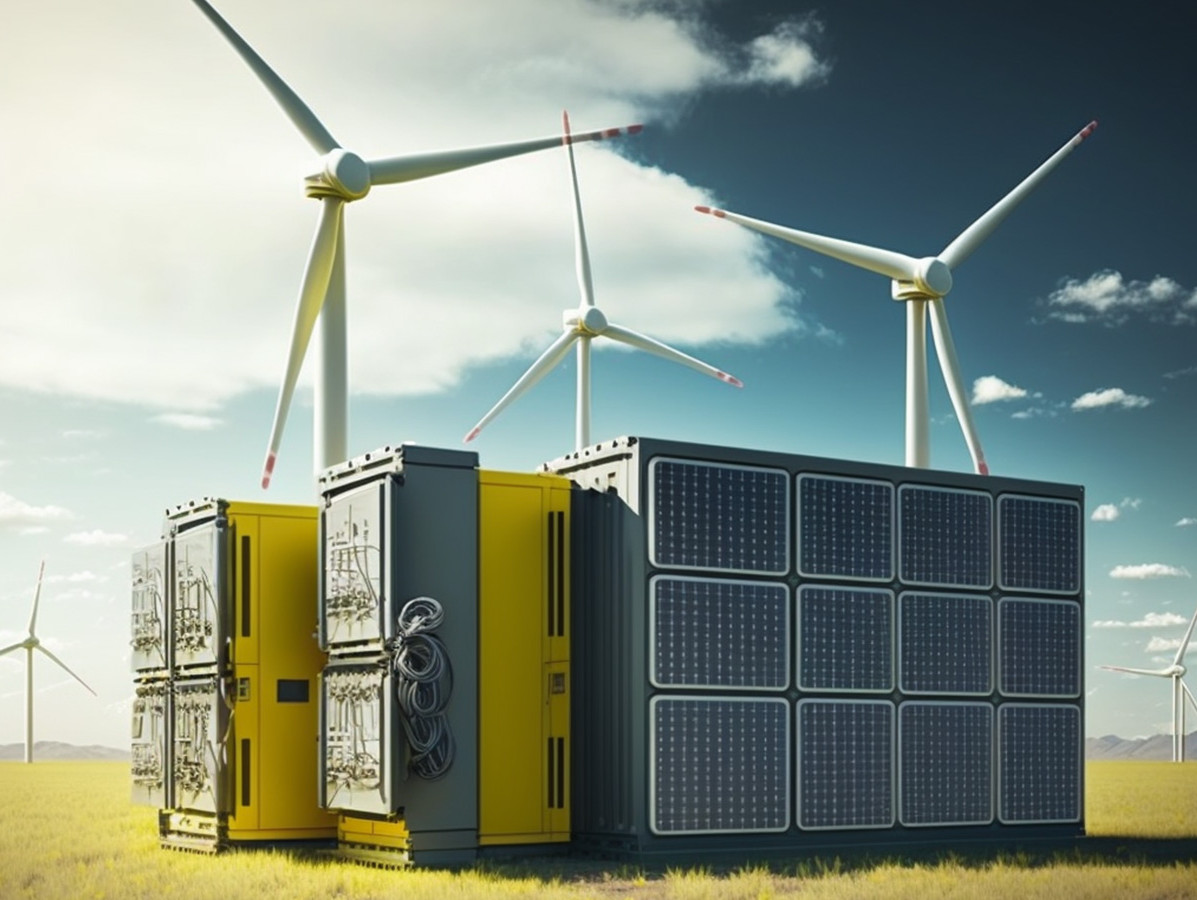
The electricity grid is reaching its limits. At (new) industrial estates, 'the power is running out'. Suddenly you were hearing it everywhere: 'grid congestion' was the new buzz word at the end of 2022.
The Climate Accord's goal of generating 35 terawatt hours (TWh) of electricity by 2030 from wind turbines and solar farms looks set to be met. So much for the good news. Because progress in the concretisation of the planned Regional Energy Strategies (RESs) is stagnating. Indeed, for many of the planned initiatives, the processes have not yet been completed or even begun. This is partly because the processes around obtaining a grid connection, licensing, financing and involving citizens are insufficiently aligned, which can delay projects, the Planning Bureau concludes.
The biggest obstacle to implementing RES plans is the limits to the capacity of the electricity grid (grid congestion). In large parts of the Netherlands, there is currently no room on the grid to connect large solar parks. As a result, projects are being cancelled or postponed and ambitions such as making the energy supply CO2-neutral by 2045 are getting out of reach.
Supplying electricity used to be a one-way street. Power went from the power station to homes and businesses. But with the advent of renewable energy, this has thus become a two-way street. We are switching from fossil fuels to renewable forms of energy such as solar and wind power. In many cases, this energy is fed back into the electricity grid. But the Dutch power grid is not designed for that. It leads to voltage problems on the power grid. In many places, there is a shortage of transmission capacity. There is 'grid congestion' when the demand for electricity transmission (from both supplier and customer) exceeds the grid's transmission capacity.
The problem is big. Expansion takes years because of licensing procedures, there is a lack of technical staff, and electrification is not going fast enough. But entrepreneurs want to get on with it. Solutions currently used by the food industry to meet power demand include the use of gas turbines, a diesel backup generator or storing energy generated by solar panels in a so-called 'power booster'.
The first large-scale 'Battolyser plant' was recently built in the port of Rotterdam to meet the rising demand for green hydrogen and electricity storage. A Battolyser can produce hydrogen from sun and wind when energy prices are low and supply electricity to the grid when prices are high. The system is flexible, efficient and robust. It can relieve congestion on the grid, enable the construction of more solar and wind power projects and offer the cheapest green hydrogen. The technology was invented by Prof Fokko Mulder and his research team at Delft University of Technology.
Among the solutions Equans offers as a (temporary) solution are 'Battery Boxes' and 'PowerBoosters'. The former are lithium ion batteries that can store up to 600kW of energy from the sun, wind, the fixed grid or a generator. A PowerBooster is an effective combination of a battery, solar panels, smart control and, if needed, a generator that allows you to prevent electricity shortages. Useful when you have an ad hoc or temporary energy challenge. This innovative modular system bridges a period of about 2 years of grid congestion.
Offering a similar solution is Big Ass Battery, a young Dutch scale-up. According to Nico van Dijk, there is much to gain in innovations for generating, storing and reducing energy consumption. "The challenge lies mainly in keeping and making the innovations affordable," he believes. "With our energy storage system, you can supply powerful, green battery power anywhere on-and-off-grid at lightning speed and store energy efficiently. No emissions, noise and fuel costs." In doing so, the company uses the latest battery technology, sans cobalt. "Namely LFP (lithium iron phosphate) batteries. These battery cells are more durable and safer than the most commonly used lithuim-ion, last 15-25 years and are then recycled or used for less severe applications."
Big Ass Battery serves industries including construction/infra for site supply and charging of electric equipment, and industry and manufacturing for solar energy storage, charging infrastructure and connection reinforcement. "We have systems running at farmers, seed producers, food manufacturers and also at a brewery, for example. Our energy storage system is infinitely scalable, so we can always provide the required capacity. This is already possible in increments of 75 kWh or multiples of that. The Big Ass Battery has a high energy density. As a result, the container takes up very little space." Laughs: "So it doesn't have that big of an ass!"
Source: Vakblad Voedingsindustrie 2023